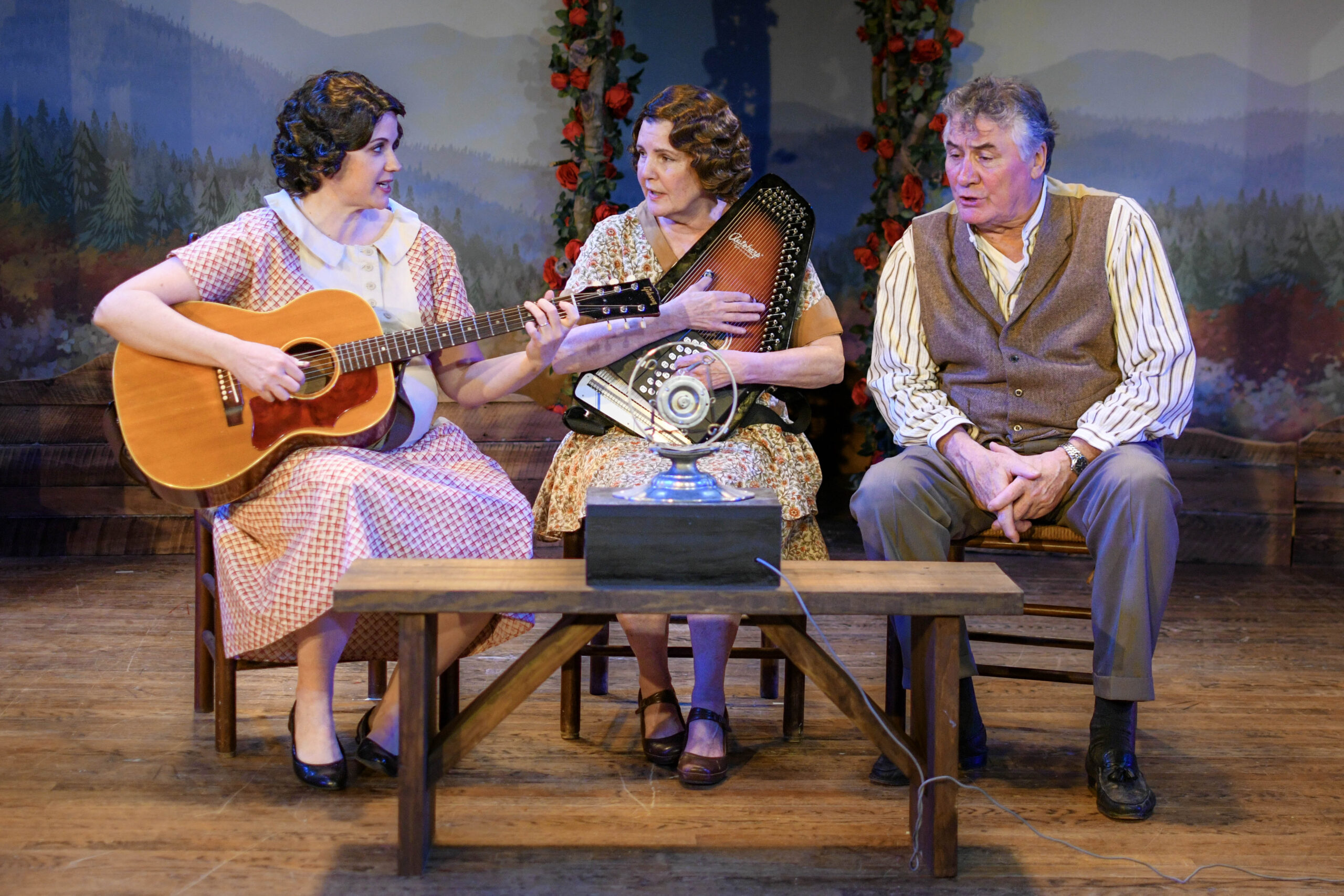The Richmond Symphony would like to announce an offer to all furloughed federal employees—two free tickets to Verdi’s Requiem.
This blockbuster concert will include both the Richmond Symphony with conductor Steven Smith and the 150 member strong Richmond Symphony Chorus with choir director Erin R. Freeman. Guest artists include soprano Kelley Nassief, mezzo-soprano Jennifer Feinstein, tenor Marco Panuccio, and bass Kevin Deas.
Saturday, October 19 at 8pm and Sunday, October 20 at 3pm at the Carpenter Theatre at Richmond CenterStage. Free ticket offer valid for either date. To claim tickets, come in person to the box office at Richmond Center Stage with your federal ID.
Box Office at Richmond CenterStage
6th Street (between Broad Street and Grace Street)
Richmond, Virginia 23219
Phone: (804) 592-3400
Regular Hours: 10am – 5pm, Monday – Friday
About the Richmond Symphony Chorus
James Erb organized the all-volunteer Richmond Symphony Chorus in 1971 for a December performance of Beethoven’s Missa Solemnis, under guest conductor Robert Shaw. For 36 years, Erb continued to direct and build the Chorus to reflect the Symphony’s high standards. Erin Freeman assumed leadership of the Chorus at the start of its 2007–08 season. The repertoire for its selected volunteer membership has included most of the standard repertoire for chorus and orchestra: Bach’s St. Matthew Passion, St. John Passion and Mass in BMinor, Haydn’s Creation, Beethoven’s Symphony No.9 and Choral Fantasy, Mendelssohn’s Elijah, Requiem settings by Mozart, Brahms, Verdi and Faure, Mahler’s Symphony No.2, Vaughan Williams’ Sea Symphony and all of Ravel’s Daphnis and Chloe. Over the years they have also sung shorter choral-orchestral works by Handel, Mozart, Schubert, Brahms, Bruckner, Delius, Debussy, Barber, Britten, Richard Strauss, Vaughan Williams, Stravinsky, Olivier Messiaen and Luigi Dallapiccola. Recent projects have included a performance and recording of Mahler Symphony No. 8 with the Virginia Symphony Orchestra and Chorus, under the direction of JoAnn Falletta, a performance with the Richmond Symphony in the Kennedy Center in Washington, DC., and a recreation of the Chorus’s inaugural performance of Missa Solemnis.
About the Richmond Symphony
Founded in 1957, the Richmond Symphony is the largest performing arts organization in Central Virginia. The organization includes an orchestra of more than 70 professional musicians, the 150-voice Richmond Symphony Chorus and more than 200 students in the Richmond Symphony Youth Orchestra programs. Each season, more than 250,000 members of the community enjoy concerts, radio broadcasts, and educational outreach programs. The Richmond Symphony is partially funded by the Virginia Commission for the Arts and the National Endowment for the Arts.
Program Notes
Messa da Requiem
Giuseppe Verdi (1813-1901)
Written: 1868-1874
Movements: Seven
Style: Romantic
Duration: 84 minutes
When a fellow composer suggested that he write a Requiem, the great composer Giuseppe Verdi responded, “There are so many, many, many requiem masses; there’s no point in adding one more.” Besides, Verdi had just completed yet another fantastically grand opera: Aida— the one with the elephants on stage. He was one of the world’s most celebrated composers, and now, in his sixties, he was looking forward to a leisurely retirement. The death of Verdi’s favorite author and one of Italy’s leading artists changed his resolve.
When he was sixteen, Verdi read Alesssandro Manzoni’s novel I promessi sposi, a book he later proclaimed as “not only the greatest book of our epoch, but one of the greatest ever to emerge from the human brain.” For Verdi, Manzoni embodied the ideals of the Risorgimento, the idealistic and literary movement that led to the unification of Italy in the 19th century. When Manzoni finally died, Verdi despaired: “Now it is all ended! And with Him ends the purest, the most holy, the highest of our glories.” Verdi proposed a Requiem to “honor, insofar as I can, this Great Man, whom I so admired as a writer and venerated as a man, model of virtue and of patriotism!” He completed it in the space of about eight months.
Verdi’s Requiem mixes the intense drama of his operatic style, the spirituality of the Roman Catholic mass for the dead, and the expected grandiosity of music for a public celebration of an important national figure. In each section, Verdi focuses on a key word or thought and mines it for all of its dramatic worth. This is especially noticeable in that powerful 13th century prayer, the Dies Irae. From the pounding of the bass drum at the beginning to the antiphonal brass, a listener has to feel that the Day of Judgment has arrived in the concert hall. After such a life-threatening experience, the impassioned pleading of the Domine Jesu brings a much-needed deliverance. Then, another blaze of brass and a double choral fugue introduces the Sanctus. The Agnus Dei and the Lux aeterna finally give us some rest. Fear and trembling return in the Libera me with such force that we plead, along with the soprano and the chorus, “Deliver me!”
©2013 John P. Varineau







